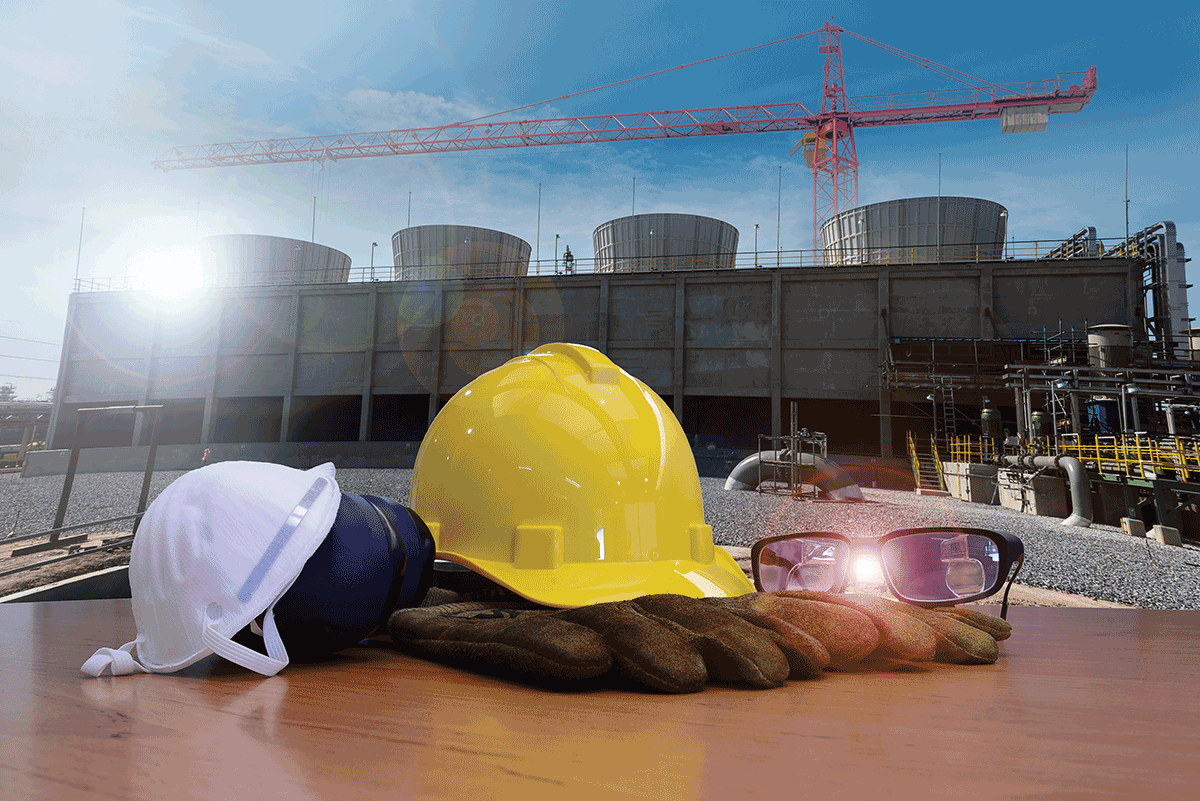Every year, thousands of vehicles run into electric and communication utility poles. The consequences are obvious. There may be some things we can do to reduce the number of accidents or the severity of the accidents.

Photo 1
To see what I might be able to do to reduce pole/vehicle accidents, I did a study in my company to investigate the details of the pole/vehicle accidents we had in one year. I had one of my engineers visit every pole struck by a vehicle to determine the location of the pole relative to the roadway. We also studied the files to determine the conditions under which the poles were struck. The results were not surprising. Over half the accidents occurred at night. About one quarter of the poles was located within three feet of the “traveled way,” i.e., the travel lanes of the highway. Most of the poles were located on the outside of curves, at intersections and at entrances to commercial establishments.

Photo 2
Poles at intersections are most commonly hit during accidents with other vehicles. Poles on the outside of curves are most commonly hit by out-of-control vehicles. The drivers may have fallen asleep, been under the influence of alcohol or drugs, the visibility may have been poor, or the roads may have been slippery. Only one percent of the poles was located on straight sections of the highway.
Why are there so many poles close to the road?
In many states, utilities do not have “the right of eminent domain.” Utilities in these states must get permission from the property owners to install their poles. If the property owners do not give permission to the utility, the utility is forced to install their poles on the highway right-of-way. In many cases, the highway right-of-way is not much wider than the roadway. The result, poles are located very close to the travel lanes. I have noticed that poles located next to the travel lanes on windy roads usually have a collection of side-view-mirrors on the ground next to them.
The Solutions:

Photo 3
Short of removing the poles completely, the only way to prevent pole/vehicle accidents is to put something between the travel lanes and the poles, like a guardrail. Guardrails are expensive and the accidents are not eliminated, only accidents with poles. The National Electrical Safety Code® (NESC®) in Rule 231B recommends that poles be located far enough from the travel lanes of the highways so that normal traffic on the travel lanes does not strike the poles. Our problem is not normal traffic. Placing poles further away from the travel lanes may reduce the number of accidents. In one of the accidents I investigated, the vehicle crossed a twenty-foot wide six-foot deep ditch and then traveled 140 feet across a field to hit the pole. Utilities like to build their facilities along roadways to reduce construction and maintenance costs. Wake-up strips on the edge of the travel lanes reduce accidents due to drivers falling asleep.
In my study, very few of the poles involved in accidents were located next to curbs. This is probably due to the fact that curbs are only prevalent in urban areas where the speed limit is lower and the accidents are fewer. Because visibility of poles at night may be a factor contributing to accidents, my company and the State of Maryland have both started programs of installing reflectors on poles close to highways and poles located in bad locations relative to curves.
Break-Away Poles
Street light poles designed to break-away with very little force are working very well in reducing vehicle damage and human injury. Some utilities have tried special hardware to convert their utility poles into “break-away” poles. The special hardware can only be used on poles where there is no equipment installed and on tangent poles, i.e., poles located in straight sections of a line. Unfortunately straight sections of lines are usually parallel to straight sections of highways where there are very few accidents. Also, designing poles that support high voltage conductors to break-away easily may not be in the best interest of public safety.
Utility ratepayers are not willing to accept the additional expense to put all utilities underground. Electric and communication utility poles are not the problem. The problem is vehicles leaving the roadway. If utility poles were eliminated, there would still be vehicle accidents. We need to remind people to drive slower when the road conditions and visibility change, to pull over when they get sleepy, and not to drive when they have been drinking.














Find Us on Socials